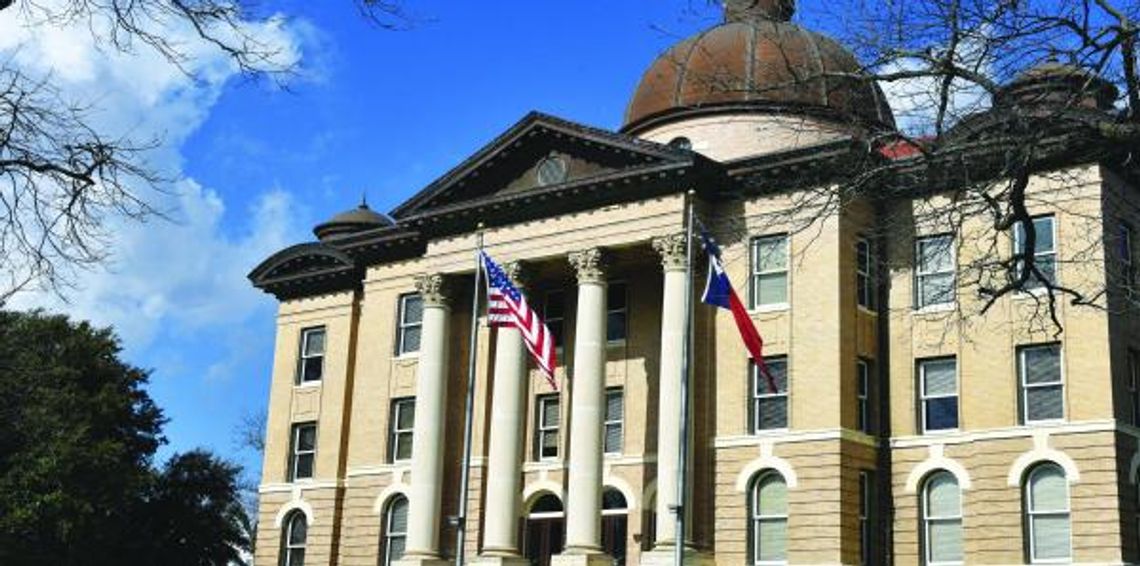During this drought period with high levels of water insecurity across the Hill Country, people are turning to innovative ways to conserve this finite resource. Throughout the day, people use water that has been treated to a potable standard for various household uses, and that water can be treated again and reused. However, that is rarely the case.
Assistant Professor of Civil Engineering Dr Keisuke Ikehata went on Big Ideas, from the Texas State University podcast network, to discuss wastewater collection, treatment and reuse. Ikehata and his students, in a partnership with San Marcos Wastewater Treatment Plant, have created an advanced water purification system that cleans approximately 5 million gallons of wastewater daily.
Ikehata said Texas has a very unique situation as far as water usage is concerned.
“Texas is growing so rapidly, and we are projecting more than anticipated rate of growth economically and population wise,” Ikehata said, adding that every person uses 100 to 150 gallons a day. “The people are coming, but water resources are limited. Although we have plenty of supply for now … We just don’t have huge growth like this planned in Texas.”
Ikehata said people can reasonably reduce water consumption by a maximum of 30%, which would still not be enough to address population growth. New water resources are needed, which is when potable water reuse comes into play.
“Wastewater is generated from our households. Everybody has a toilet and shower and sink and those places. Wherever we use water there is a plumbing system that connects our houses to the wastewater treatment plant,” Ikehata said, adding that the plant removes solid materials, organic matter and some nutrients and then disinfects the water.
Ikehata said the cycle of using and reusing water within a closed loop system would create a “very positive impact” on water supply and aquatic environment.
“This is a drought resistant water supply because we have our water within the system,” Ikehata said, pointing out that this does not include any use that won’t be collected in pipes and sent back to the treatment plant such as watering the yard. “All the water we use and send to the wastewater plant can be reused pretty much. This means we have secured supply as long as we keep reusing and treating it correctly.”
Ikehata said his research takes the already treated wastewater and purifies it further to a perfectly clean and drinkable state.
“We have a series of advanced water treatment processes like microfiltration, ultrafiltration - this is a very fine membrane filtration followed by reverse osmosis,” Ikehata said. “It is another membrane process that actually takes out everything but water … 99.9% of impurities could be removed by the system reverse osmosis, followed by ultraviolet disinfection and advanced oxidation.”
Ikehata said the wastewater treatment center for the city of San Marcos generally puts the majority of the water into the river after treatment, so that it becomes part of the natural water system. Currently, a small fraction of the processed wastewater from the plant is chlorinated and used in some places in the community like golf courses and industrial processes.
Ikehata said a wastewater treatment that delivers purified wastewater directly for household consumption is not available yet, but El Paso is working on one.
“In Central Texas, within five to ten years, I’d like to see a more aggressive direct potable reuse plant,” Ikehata said. “Hopefully one of our cities around here will build an advanced water purification system, which would allow us to basically bring the water back to our society.”
Ikehata said the advanced processes he uses are more expensive, adding about two to three dollars per 1,000 gallons. However, he said it is not nearly as expensive as desalinating ocean water and cleaning it to a potable standard.
The research done by Ikehata and his students is the first student driven advanced water purification pilot study in the state of Texas and is partially funded by the U.S. Department of Reclamation.
.png)











